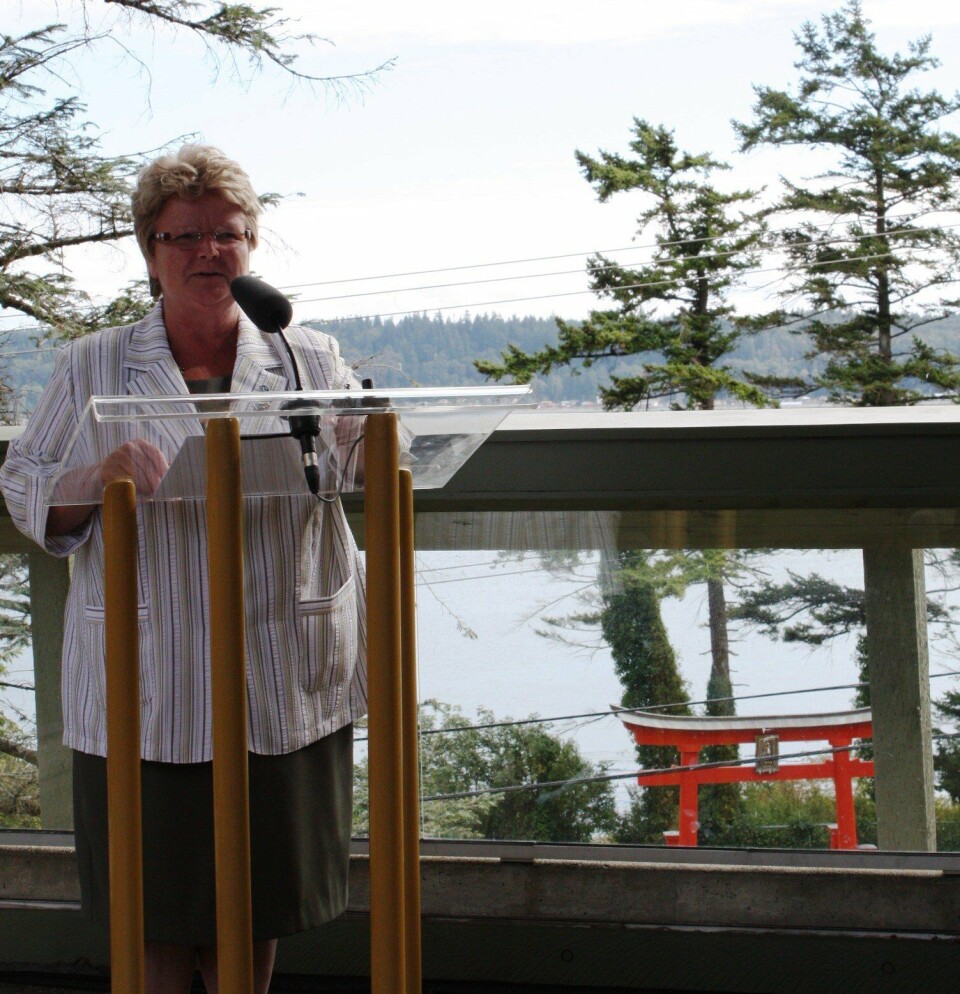
Ministers meet to discuss new aquaculture regulations
Opinion
The federal government of Canada has for years been working with Provinces on harmonizing the regulatory regime for aquaculture development. In that regard, a National Aquaculture Strategic Action Plan Initiative (NASAPI) was initiated by the Department of Fisheries and Oceans (DFO) with the support of the Provinces and Territories. The purpose of the NASAPI is to “develop targeted action plans to facilitate sustainable development in all regions of the country. Each Strategic Action Plan will target precise and realistic objectives to be achieved within a 5-year time frame. Implementation will be facilitated through a national agreement endorsed by the Canadian Council of Fisheries and Aquaculture Ministers (CCFAM) and coordinated amongst the federal and provincial / territorial governments via MOUs or other similar mechanisms”.
DFO’s website explains that; “The NASAPI is part of DFO’s Sustainable Aquaculture Development Program and is intended to:
• establish quantifiable targets for sector development over the next five years,
• delineate roles and responsibilities amongst all levels of government and industry, and
• raise the profile of aquaculture in the eyes of both the public and government officials.
The NASAPI will result in the development of sector-specific strategic action plans. The intent is to complement existing regional and provincial strategies in an effort to foster sustainable industry growth and prosperity. To date, several consultation meetings have been held throughout Central and Eastern Canada regarding the NASAPI exercise”.
Many consultation meetings have been conducted across the country, with meetings in British Columbia bringing out hordes of environmentalists and others that sensed a willingness of the federal government to allow for the expansion of aquaculture in the Province, and wanted to register their opposition. Much of this opposition has been based on accusations that the salmon farms in the Province has caused or will cause the demise of its wild salmon stocks (much of which is based on hatchery production). But a huge run of some 35 million salmon that came back to spawn in the Province’s biggest river this year has drowned a lot of these accusations.
As part of the NASAPI process, a set of priority New Species for Aquaculture were identified, with different species for each coast and for both shellfish and marine finfish as well as for freshwater finfish.
This week’s meeting of Aquaculture and Fisheries Minister in St. John’s, Newfoundland will be co-chaired by the Honourable DFO Minister Gail Shea and the Minister of Fisheries and Aquaculture for Newfoundland and Labrador, Honourable Clyde Jackman. It is not clear if the new Minister responsible for aquaculture in British Columbia, Honourable Ben Stewart, will attend or not. Neither the word Aquaculture nor Fisheries is mentioned in his Ministry’s name anymore.






















































